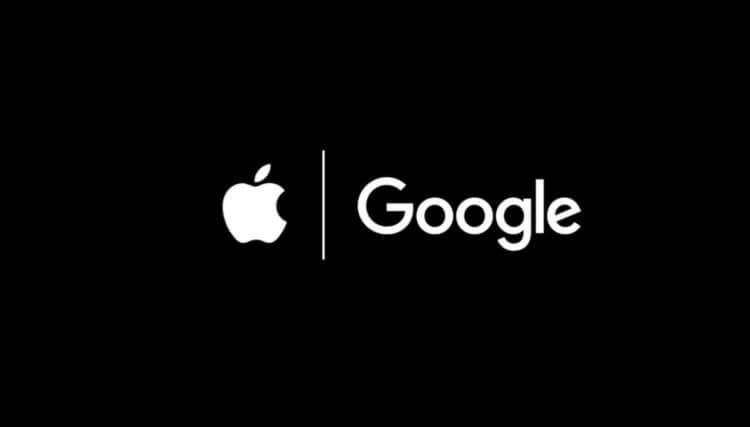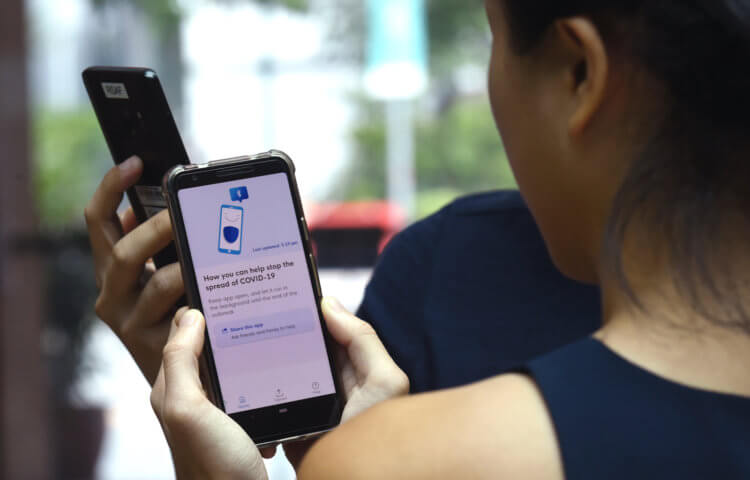Last week it became known that Apple and Google are planning to launch a universal system for tracking coronavirus patients under the protocol Bluetooth. The joint development of the two companies was supposed to start in mid-May and combine iOS and Android. At that time, this was almost all the information that Apple and Google preferred to make public. Most likely, they themselves did not know until the end how what would work. But, nevertheless, just a few hours ago it became known that, firstly, the companies decided to postpone the launch of the system to an earlier date, and, secondly, they made a number of significant changes to it.

Apple and Google decide to jointly monitor COVID-19 patients
If you do not understand what this is about, here is an explanation in a nutshell. iOS and Android will receive an update with a new feature that will track all people's contacts with each other via the Bluetooth Low Energy signal. All meeting facts will be saved in the memory of smartphones. Therefore, if someone from those with whom you met informs in a special application that he has COVID-19, you will receive an alert with a recommendation to get tested. True, it is not yet known who exactly will release applications where you can report your diagnosis.
How the COVID-19 Patient Tracking System Works

Your smartphone will keep track of all your meetings in order to notify you about the need to get tested for coronavirus
- Apple and Google listened to users and authorities and changed the name from 'tracking system' to 'contact notification'. The new name, according to company representatives, more accurately describes the purpose of the innovation and does not mislead users about the purpose of its use.
- The metadata Bluetooth that will be exchanged between users 'devices will be carefully encrypted so that no outsider can gain access to information about the facts of users' meetings, the place at which they met, and the time.
- The encryption will use the AES protocol, not HMAC as originally planned. It is a more efficient standard that will make data processing faster.
- Keys for tracking will be randomly generated on the devices themselves, and not obtained from a single control center, as was planned to be done earlier.
- The minimum time for contact with an infected COVID-19 to be counted will be 5 minutes versus 10 previously planned. In this case, the duration of the meeting will be counted no more than 30 minutes. The counter will then stop.
- The tracking system will take into account information about the signal strength Bluetooth and its direction. This will make it possible to more effectively recognize contacts through which the transmission of the virus could occur and to exclude false positives.
- The devices will count the total number of appointments and the days that have passed between them, so that they can count all contacts in the event of an infection of someone with whom the user has contacted.
When Android will monitor patients with coronavirus

Tracking system update will be released next Tuesday
The update, which will make the tracking system available on users' devices, will be released on April 28. Despite the fact that Apple and Google initially focused on mid-May, it is clear that the constant increase in the number of sick people forced the companies to change their plans. Another thing is that the early launch of the system increases the likelihood that by the time of release it will not be completely ready. And since the system will directly work with confidential user information, there is an increased risk that something will go wrong.
But if in the case of users Apple the system will be distributed as part of one of the updates iOS, then Google came up with the idea of releasing it as part of the Google Play services update. This will expand the audience of users whose devices will receive tracking support. It is planned that these will be all versions Android starting with Android 6.0 Marshmallow, while Apple will release an update only for iOS 12 and iOS 13. Cupertino felt that the low fragmentation of the mobile OS makes it unnecessary to propagate the innovation to earlier builds. At the same time, those who do not want to be tracked can simply turn off this system.
